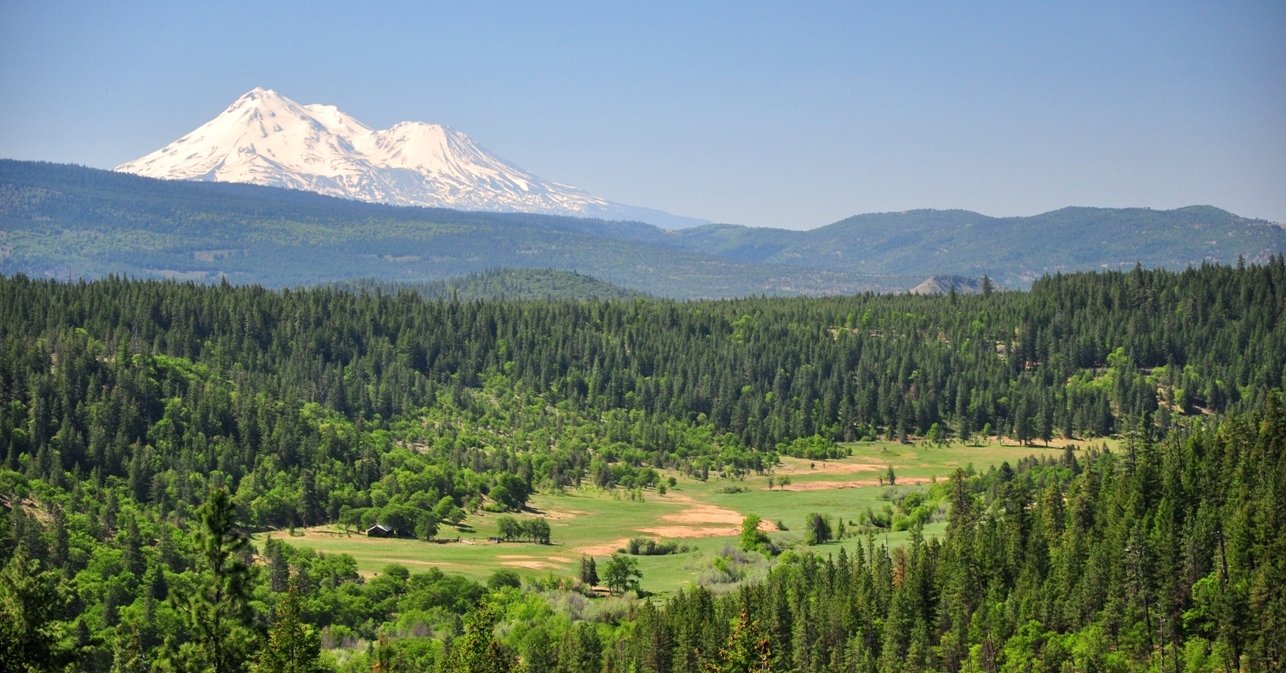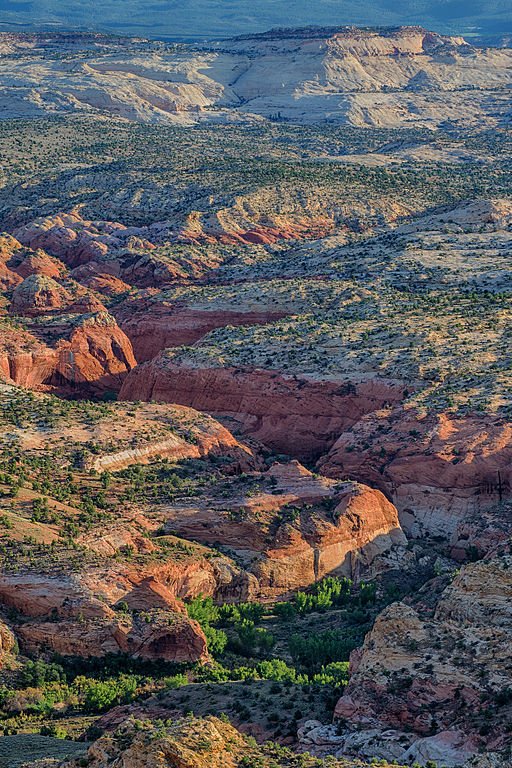The history of congressional and other actions to facilitate retirement of federal grazing permits
Read MoreRetiring Grazing Permits, Part 2: History of the Voluntary Retirement Option

Bears Ears National Monument
The history of congressional and other actions to facilitate retirement of federal grazing permits
Read MoreTwo national monuments in Utah have been restored, but it isn’t over.
Read MoreBack in the day, an Act of Congress, signed into law by President Theodore Roosevelt on June 8, 1906, soon after became commonly known as the “National Monument Act.” The more recently used name of the “Antiquities Act of 1906” must now be changed back to “National Monument Act of 1906.”
Read MoreIt's all about the Bears Ears National Monument in southern Utah. Source: Tim Peterson, Grand Canyon Trust.
Public comments are being taken on the regulations.gov website until May 26, 2017, for Bears Ears National Monument and until July 10, 2017, for all the other national moments on the Trump hit list. Register your opinion by clicking the “Comment Now!” button. You have my permission to be frank, blunt, terse, profane, and/or eloquent.
Read MorePresident Trump signed an executive order on April 26, 2017, that directs Secretary of the Interior Ryan Zinke to review sixty-two of the last three presidents’ national monument proclamations, dating back to 1996. The review will result in a final report in four months that “shall include recommendations, Presidential actions, legislative proposals, or other actions consistent with law.”
The administration is interested in either totally abolishing, reducing in size, and/or weakening the protections for national monuments. Those prerogatives belong to Congress. If Trump tries, he’ll get a multitude of tweets saying, “See you in court!”
Read MoreCrabtree Lake in Crabtree Valley, home to some of the largest and oldest trees in Oregon, located on western Oregon public lands administered by the Bureau of Land Management, in Linn County, is part of the proposed Douglas-Fir National Monument. Photo: David Stone, Wildlands Photography.
There is no question that an Act of Congress can eliminate, shrink, or weaken a national monument proclaimed by a president pursuant to authority granted by Congress. What Congress giveth, Congress can taketh away. The property clause of the U.S. Constitution (Article 4, Section 3, Clause 2) ensures that. Yet in fifty-five Congresses over the past 110 years, Congress has rarely acted to eliminate, reduce, or weaken a national monument proclamation by a president.
Read MoreMost change comes through funerals. As the rabid opponents of national monuments shuffle off their mortal coils, the next generation will come to see the benefits of national parks. The history of public lands conservation in Utah is still being made.
Read More
